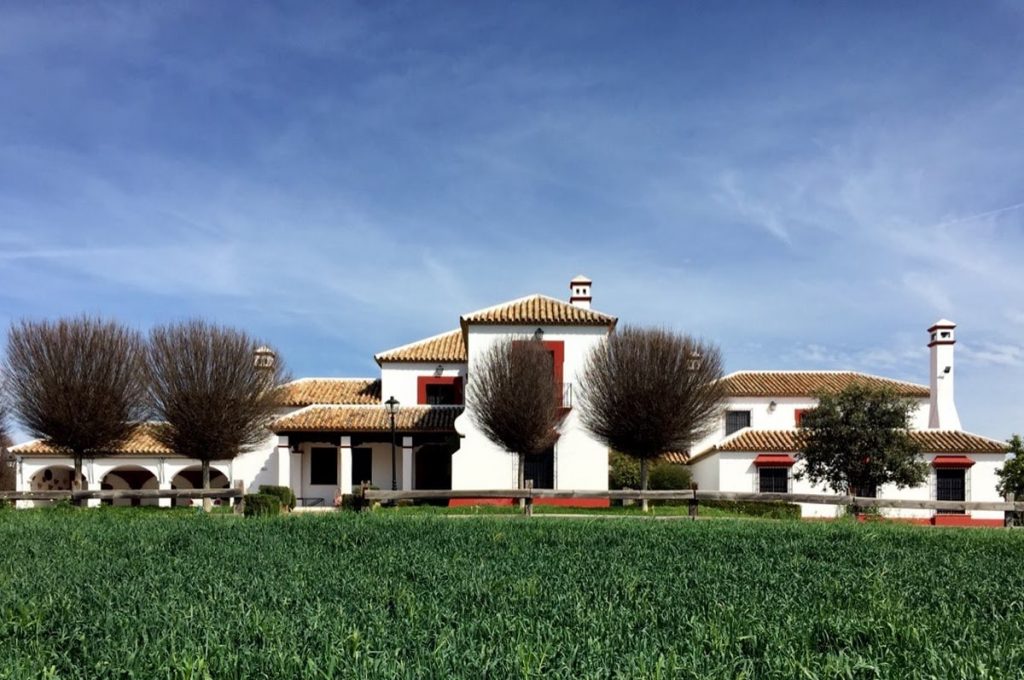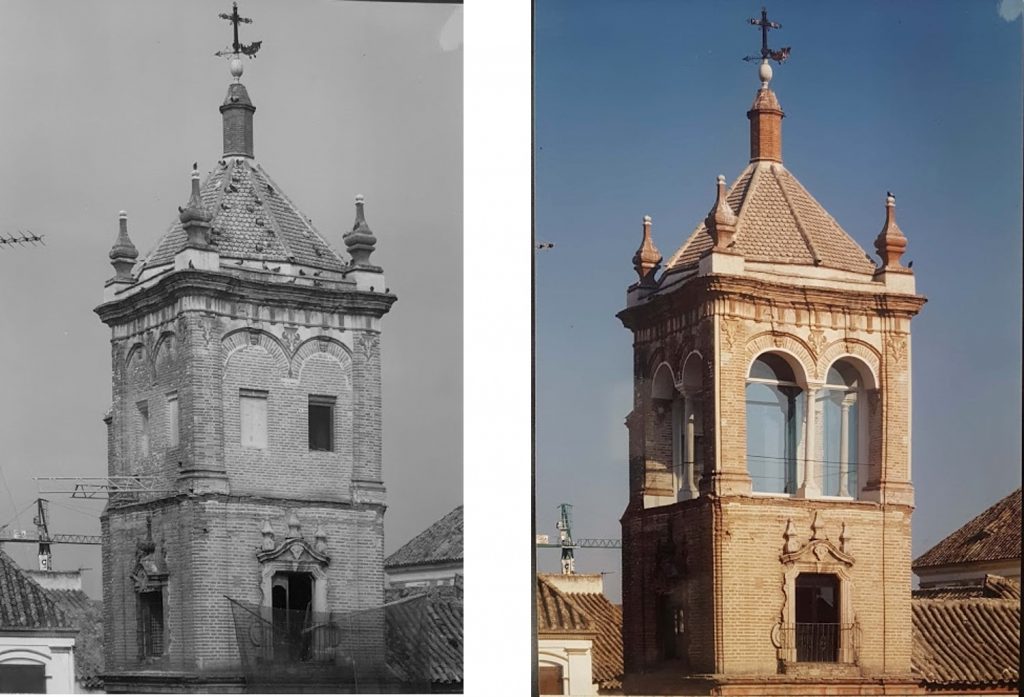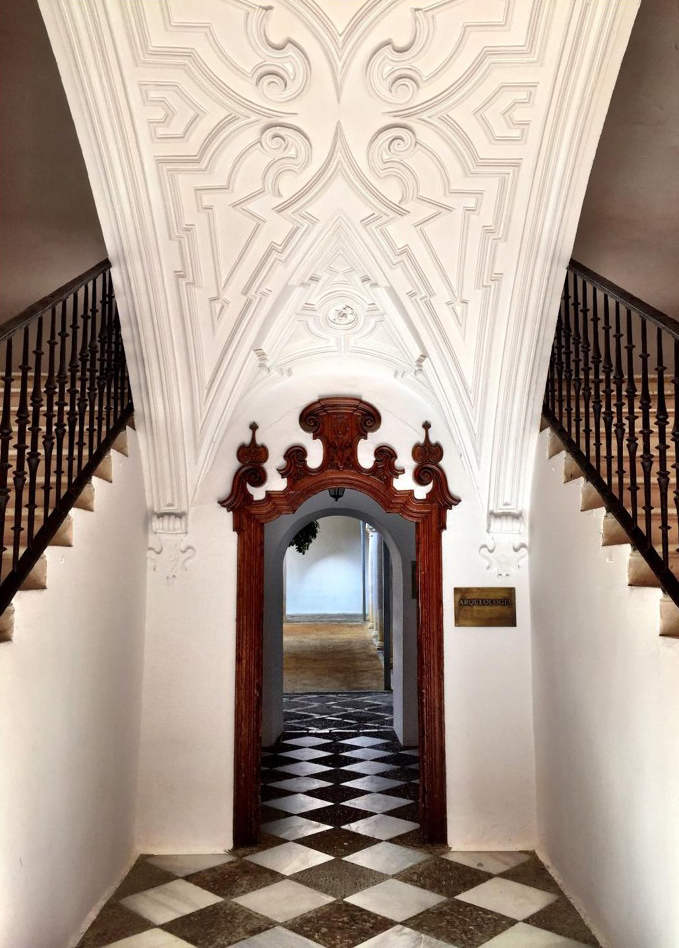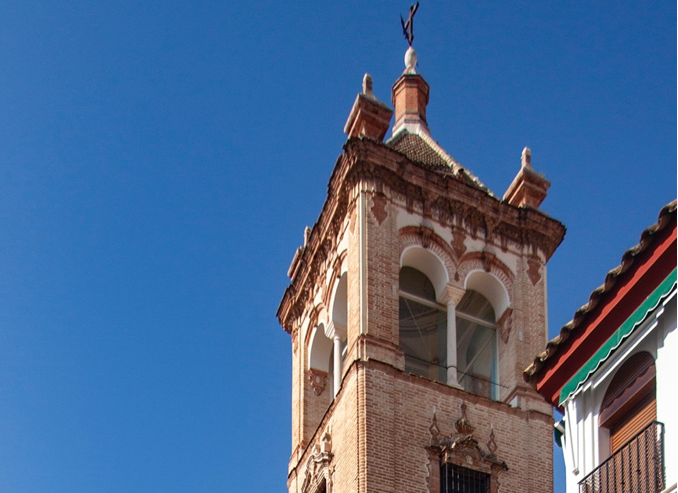The IX Rafael Manzano Prize for New Traditional Architecture and the II Richard H. Driehaus Heritage Preservation Medal will be awarded at a ceremony on Thursday, November 19 at 19:30 hours (Madrid time). It will be broadcast from the Hall of Acts at the Royal Academy of Fine Arts, San Fernando. The ceremony can be watched here.
Announcing the recipient of the Richard H. Driehaus Heritage Preservation Medal
The winner of this accolade is civil engineer, Vítor Cóias e Silva, who has been recognised for his commitment in preserving Portuguese built heritage.
Biography
Cóias is a civil engineer and graduate from the Instituto Superior Técnico of Lisbon. Cóias lived in Angola until he was 16, when he returned to Lisbon. He spent much of his career concerned about the excessive use of reinforced concrete in the reconstruction of historic buildings, and the reluctance of professionals to build with brick and timber, despite their superior environmental credentials. He was also dismayed by the numerous cases of historic buildings that were damaged by the use of reinforced concrete in repairs that were to ‘conserve’ existing fabric. As a result, he decided to dedicate his career to educating those involved in the conservation of historic buildings in a way that would advocate traditional Portuguese construction methods.
Cóias has done much to prevent the loss of priceless heritage which would otherwise have been demolished and replaced by reinforced concrete structures. He has helped to conserve many historic buildings in Lisbon, and defended the historic timber structural systems that are seismic resistant, such as Baixa Pombalina, Lisbon. He has also worked on other prominent buildings, such as the Palacio de Mateus.
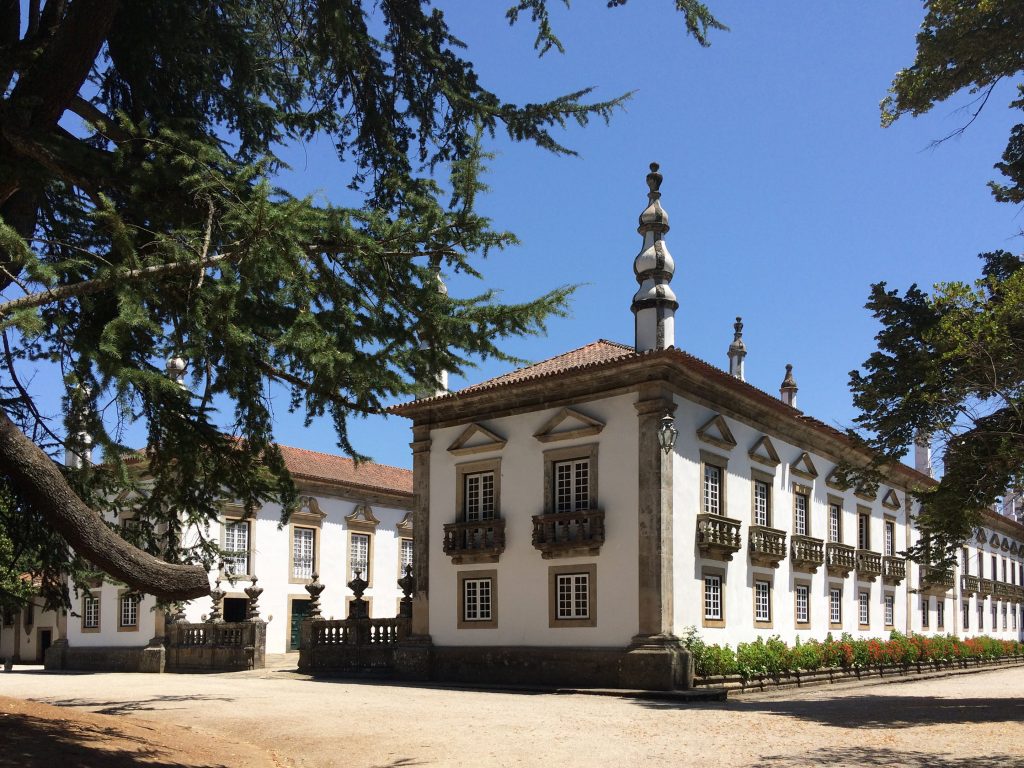
His passion for his work led him to establish several companies that specialise in the diagnosis and preventative measures required to repair structural damage to historic buildings. He has also contributed to the development of regulations that favour the adaptive re-use of heritage buildings.
Cóias’ work is not limited to his practice, but also includes the dissemination and teaching of techniques that respect the environment and the traditional urban context. He has expanded the reach of this work through many conferences and publications, and thanks to the creation of the magazine Pedra & Cal, the Sociedade Portuguesa de Estudos de História da Construçao, and civil platforms such as the Grémio do Património (GECoRPA), and the Forum do Património, which brings together several Portuguese associations dedicated to the advocacy of architectural heritage.
Additional information about the winner and his work: www.premiorafaelmanzano.com, http://www.intbauspain.com
Announcing the winners of the Rafael Manzano Prize for New Traditional Architecture
The recipient of this accolade is Fernando Martín, who has been recognised for his lifetime’s achievements and his efforts to preserve and enrich the architectural ensemble of Ecija, in Seville.
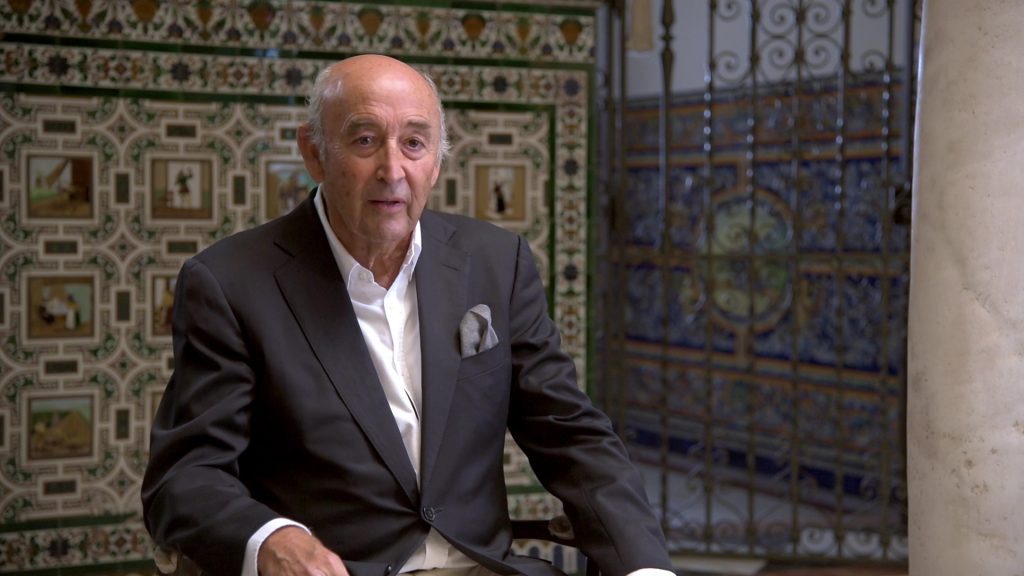
Biography
Fernando Martín Sanjuan, is an architect from the historic site of Ecija, Seville. Fernando has spent the majority of his professional career working to preserve the historic character of the city. The jury of the International Rafael Manzano Prize for New Traditional Architecture have awarded him the prize this year for his commitment.
Throughout his career, Fernando Martín worked on historic and new buildings, and in both has always paid great attention to the historical built context in Écija. He has also always been consistent in his sensitive responses to the architectural and urban traditions of the city.
He has worked to restore the 18th century Baroque Écija and the Palacio de Menamejí, a Site of Cultural Interest. Fernando transformed this into the Municipal Museum of History of Écija. He also worked on the Palacio de Santaella, which was in ruins and was transformed into a cultural centre and the Palacio de Casa Saavedra. Fernando is also a member of the Royal Academy of Sciences, Fine Arts and Literature “Vélez de Guevara”.
Additional information about the winner and his work can be found at: www.premiorafaelmanzano.com
